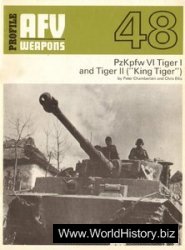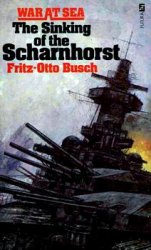h e bombards undoubtedly did a great deal of damage. Yet they had a
serious shortcoming that made their use in warfare extremely dii cult and
expensive—their enormous weight made them almost immobile. Moving
a single one overland to a target required many dozens, and sometimes
hundreds, of horses and men and a great deal of time; so much time that
such a gun could not keep up with the march of the army of which it was
a part.
Clearly, military experts and leaders realized, it was imperative to
overcome this weight problem. For cannons to become truly useful instruments
of warfare, military historian John Keegan states, “they had to
be lightened enough to be transported on wheels at the same speed as the
army that accompanied them.” h at way, “foot, horse, and guns could
move as an integrated unit within enemy territory.”45
As it turned out, the rapid pace of improvements in military technology
solved this problem in short order. By the late 1400s, a considerably
smaller and more mobile cannon—most commonly called a culverin—
was coming into general use. Its iron tube, which was more slender than
that of a bombard, was cast in a single piece, providing it with tremendous
strength and structural integrity. Yet it was also lightweight enough
to i t on a modest-size two-wheeled carriage that required only nine or
even fewer horses to pull. h is not only allowed the weapon to be transported
to the site of a siege much faster, it also made cannons practical
for use on the open battlei eld, where their ability to be moved around
fairly quickly was vital.
h e remarkable ei ciency and military value of the culverin was
demonstrated in one of the landmark military campaigns of the late
Middle Ages. In the winter of 1493–1494, France’s King Charles VIII
ordered the production of forty-four state-of-the-art, highly mobile
culverins. Adding them to a force numbering around thirty thousand
men, in October 1494 he marched into northern Italy and surrounded
the castle guarding the town of Fivizzano. h ough this fortress had
withstood several sieges lasting weeks or months in the past, Charles’s
cannons blasted huge breaches in its walls in less than a day. News of
this extraordinary event traveled speedily and had just the ef ect that
Charles had hoped for. Nearly all the nearby Italian city-states wasted
no time in surrendering to him without a i ght.




 World History
World History









